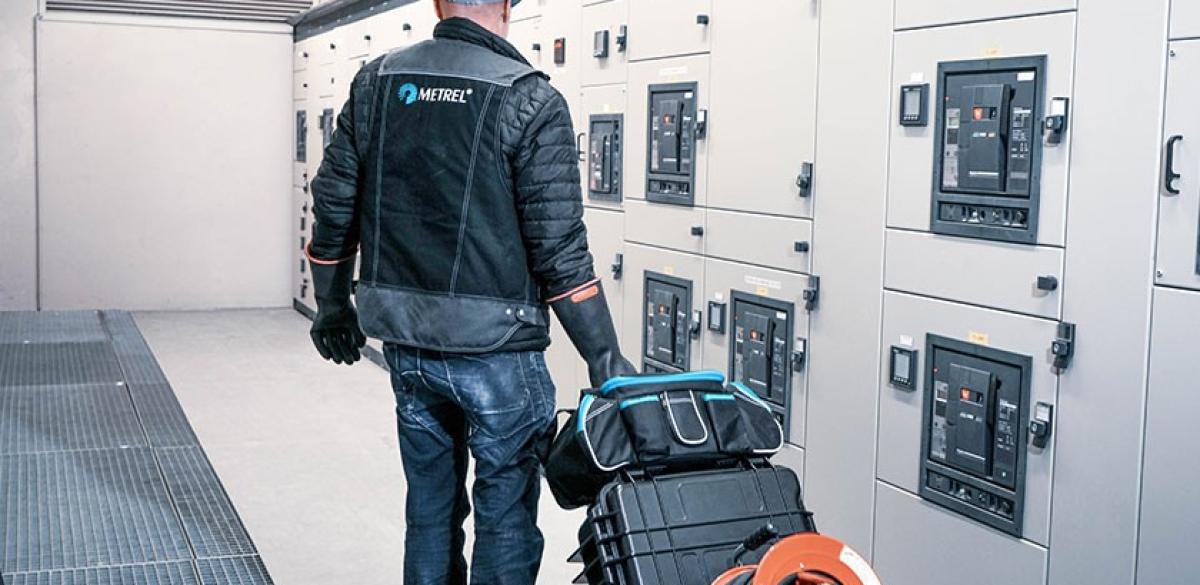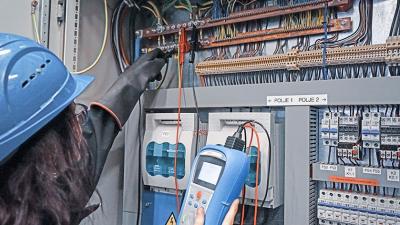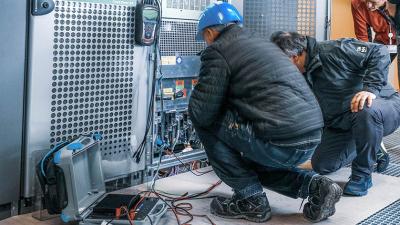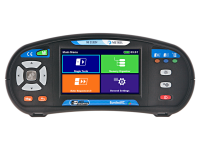Power supply and power distribution
Medical Facilities

The first rule of hospital power supply is continuity of supply. Therefore, there are multiple redundancies built in. There should be at least two main supplies, connected to two different feeds, preferably using separate networks (or as separate as possible in an urban area). In case of an outage, large UPS banks must immediately take over for a few minutes before backup generators can come online. The whole system has to be kept in perfect repair and the transitions tested regularly for functionality and safety.
Power supply can be considered in terms of its components, their function, and their safety features. Depending on its size, a hospital may well have its own substation. It is quite common to require special supply conditions for some of the larger machines like x-ray or magnetic resonance, so it is more cost-effective to do the step down transformation in-house. The substation houses the step-down transformer, and possibly primary switching panels and primary overvoltage / overcurrent protection. Those can also be placed inside the main building. Back-up generators are usually housed separately but close by, because of their need for ventilation, and the requirement to access the switching element of the substation. The latter also covers the most essential switching between the two supply feeds. Further switching and routing power to different locations is done using distribution boards and sub-distribution boards. Protection from overvoltage, overcurrent and residual current for each level is also housed there.
The UPS system has its own room with carefully monitored conditions to keep the batteries running at their best. Since even a very short interruption may disturb some sensitive instrument, it should be installed in online way and the output carefully filtered for current harmonics. This way, the response time is practically zero, the system is well protected from transients or other network events while leaving no disruptive trace of its own.
Each of the above locations has to be monitored in terms of power quality. Only properly set-up, long-term measurement can confirm the local network conforms to requirements.. Power quality reports can be adjusted or expanded to their needs. Alarms in the power quality analysers can be set up to be able to respond immediately to any unexpected event from inside or outside of the building. On the inside, careful design with filtering and damping has to be implemented to lower the chances of large machines disturbing each other. On the outside, coordinated surge protection, local earth connections and filters of proper power have to be installed.
Competencies at edison
EDISON is an international organisation for certification of competences in electrical safety testing. Click on the links for more information on each competency.
- MEDi: Medical and Surgery Rooms Electrical Installations Safety
- IEC / EN HD 60364-7-710 Low-voltage electrical installations – Part 7-710: Requirements for special installations or locations – Medical Location
- IEC EN 61557 – 8 Insulation monitoring devices for IT systems



















